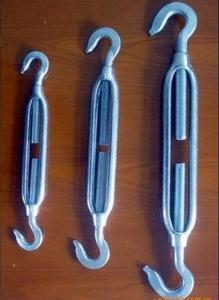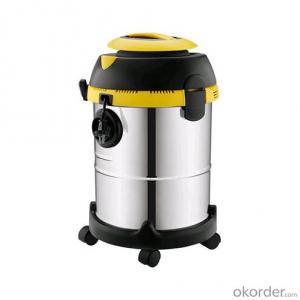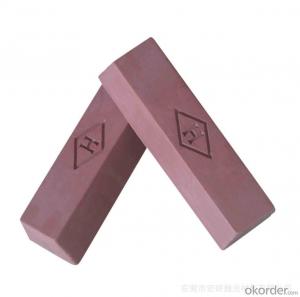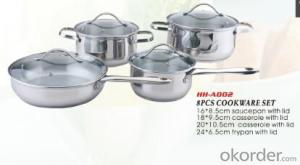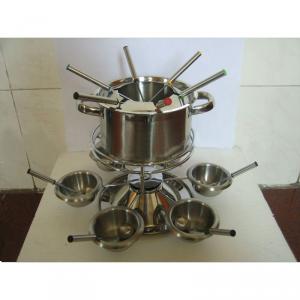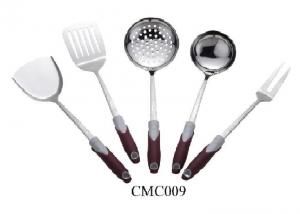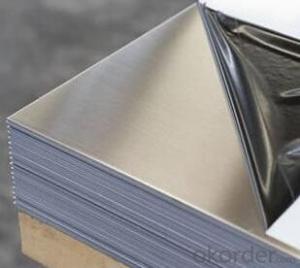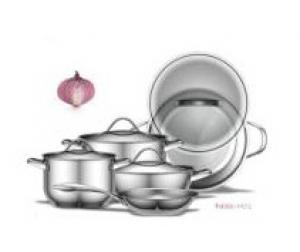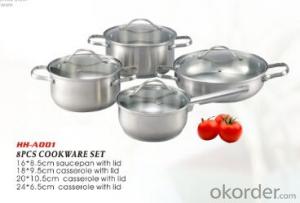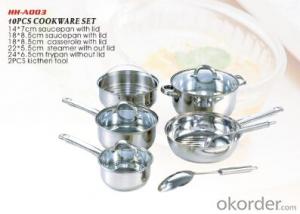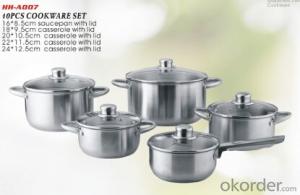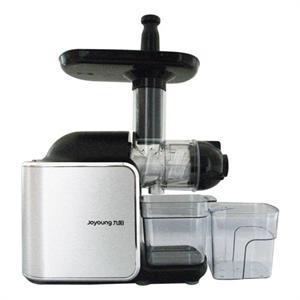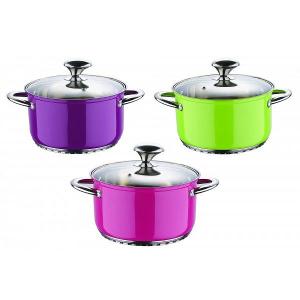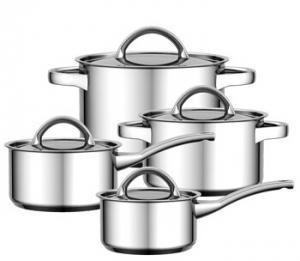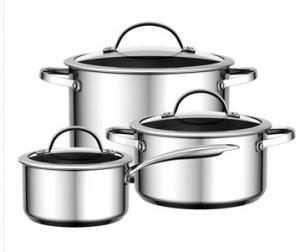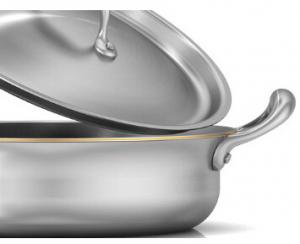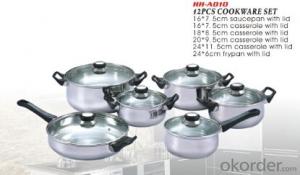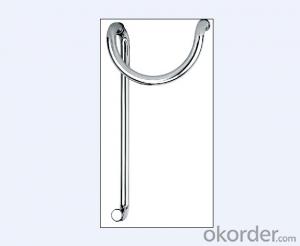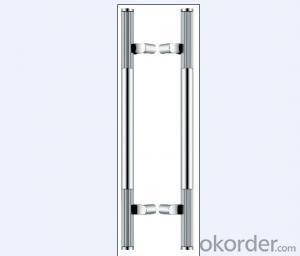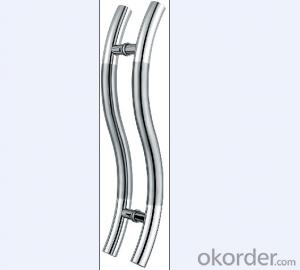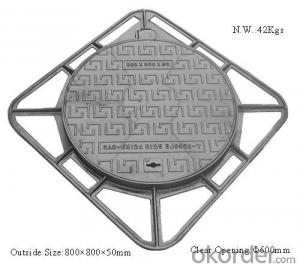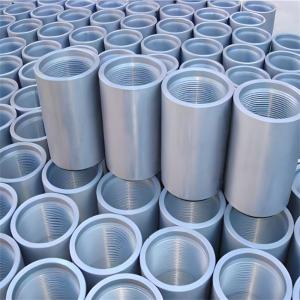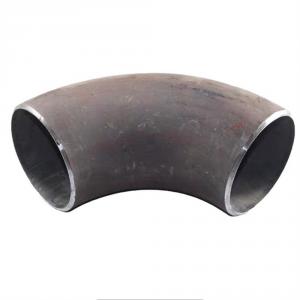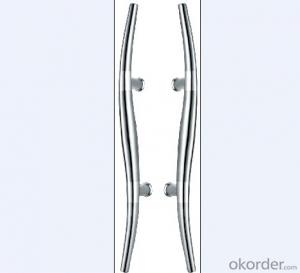Vinegar On Stainless Steel
Vinegar On Stainless Steel Related Searches
Vinegar Stainless Steel Painting On Stainless Steel Acetone On Stainless Steel Bleach On Stainless Steel Mold On Stainless Steel Scratches On Stainless Steel Acid Stains On Stainless Steel Stainless Steel Wine Glass Wine Glasses Stainless Steel Aluminum On Stainless Steel Spray For Stainless Steel Sublimation On Stainless Steel Glue To Stainless Steel Painting Stainless Steel Stainless Steel Wine Glasses Get Rust Off Stainless Steel Rust On Stainless Steel Stainless Steel Wine Chiller Steel Wool On Stainless Steel Magnet On Stainless Steel Sublimating On Stainless Steel Engraving Stainless Steel Solder To Stainless Steel Paint For Stainless Steel Scratches In Stainless Steel Seasoning Stainless Steel Smoking Stainless Steel Painting Of Stainless Steel Oven Cleaner On Stainless Steel Pitting On Stainless SteelVinegar On Stainless Steel Supplier & Manufacturer from China
Vinegar on Stainless Steel is a cleaning product specifically designed to remove rust, water stains, and other discolorations from stainless steel surfaces. It effectively restores the shine and luster of stainless steel items, making it an essential product for maintaining the appearance of kitchen appliances, utensils, and other stainless steel objects.This versatile product is widely used in various settings, such as households, restaurants, and commercial kitchens, where stainless steel is a common material for appliances and utensils. By applying Vinegar on Stainless Steel, users can easily clean and maintain the pristine condition of their stainless steel items, ensuring a hygienic and visually appealing environment.
Okorder.com is a reputable wholesale supplier of Vinegar on Stainless Steel, offering a large inventory of this effective cleaning product. With their extensive stock, customers can rely on Okorder.com to provide Vinegar on Stainless Steel in bulk quantities, catering to the needs of both individual users and businesses alike.
Hot Products
